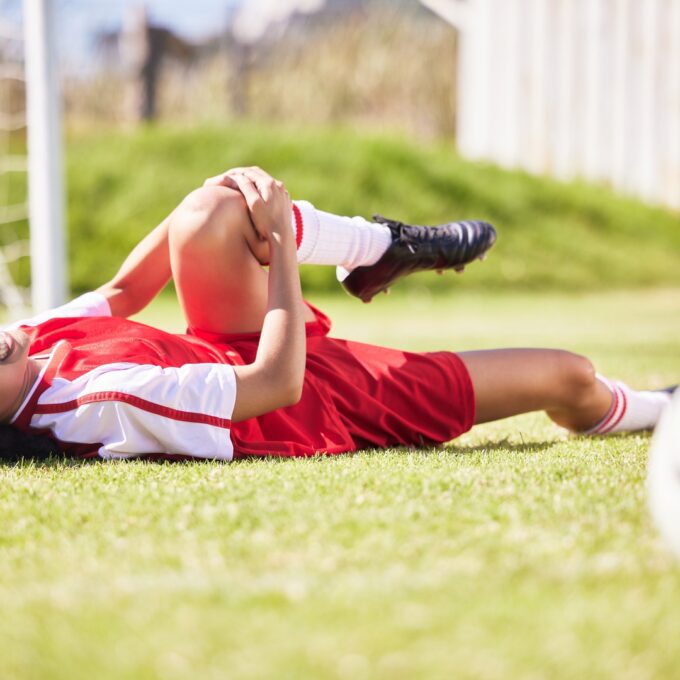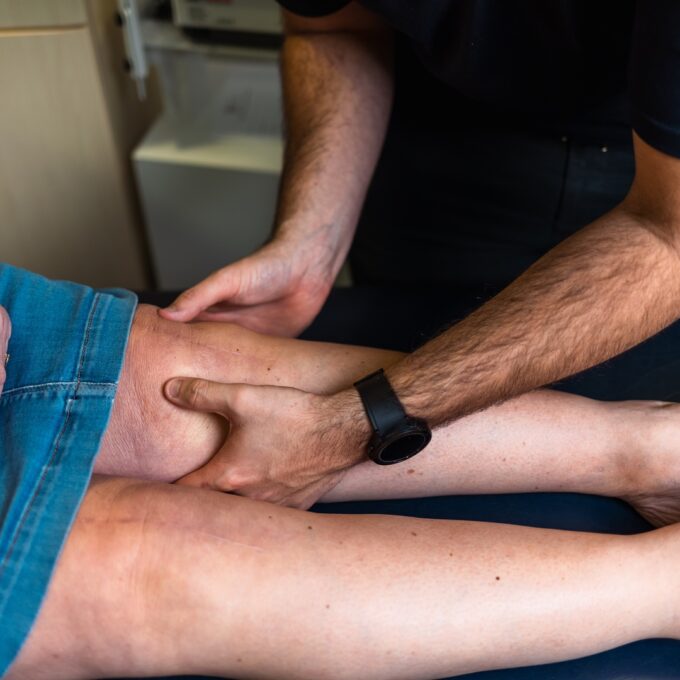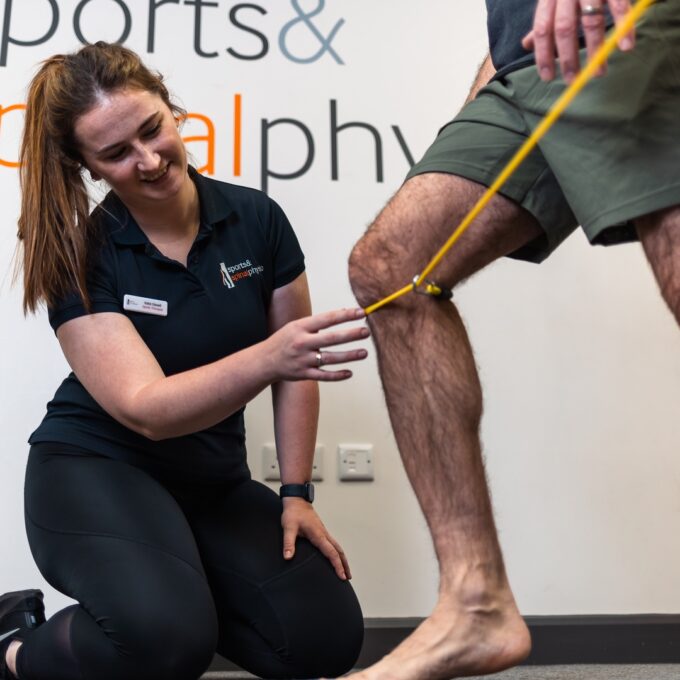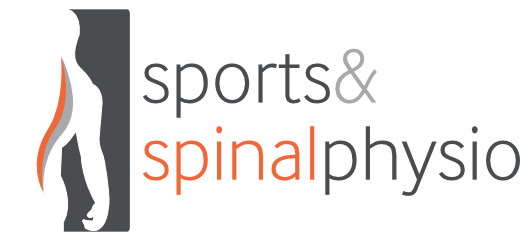Knee Pain Resolution
- Is knee pain preventing you from exercising or playing sport?
- Is going up and down stairs uncomfortable?
- Do you find it difficult to squat or sit with your knees flexed for extended period of time?
If yes then you are not alone – painful knees are common!
There are various causes for knee pain the three most common being osteoarthritis, mensical tears and patella femoral pain syndrome.
Pain and inflammation can occur throughout the knee and is felt at the back, front and sides. Pain arises from swelling and inflammation of the connective tissue, joint lining and sometimes the bone.

What Causes It
Multi-factorial but often due to changes in loading behaviour (being on feet longer than normal, changes in footwear, increased loading forces – jumping / stretching, training changes / weight gain, trauma). Sometimes there are anatomical abnormalities that lead to increased stress strain at this joint.
Prognosis
Normally takes 3-6 months to resolve but can continue intermittently for many years if not managed correctly.
Treatment
Treatment is normally carried out over a 3-4 month period and requires approximately 6-12 sessions.
Treatment Programme
- Off load (advice/education)
- Manage pain – Medication / Ice / Acupuncture / Exercise/ manual therapy
- Taping to off load and facilitate movement patterns at the knee cap
- Analysis of biomechanics – video gait analysis
- Addition of orthoses (insoles) and change in footwear
- Progressive exercise programme to include:
Focused strengthening and retraining of muscles around the hip, pelvis and knee
Proprioceptive drills to improve hip and lower leg co-ordination
Treatment of tight structures - Retraining of movement patterns for sports and activities (using video analysis as needed)

Review / Reassessment
At the end of your treatment we will review your progress and plan the next steps – this may include discharge with ongoing maintenance exercises and advice or continuation with your treatment programme (more challenging exercises, sport specific input). Treatment intervals hereafter normally occur every 2-4 weeks at this stage.

Next Steps / Options
Would you like more information? Why not down load our free guide on Patellofemoral Pain Syndrome (Pain located around the knee cap.)
Important Information
Rehabilitation is not a quick fix and can be longer due to age, length of symptoms, and the extent of degeneration and weakness. It is very important that you attend your treatment sessions as suggested by your therapist and follow through with your re-assessment. The recommendations in this action plan are based on your individual condition and examination results.
Next Steps: Use one of our 4 options below to get started...
What Our Patients Say
Finally
If you are still considering what to do or just browsing why not download one of our free guides below.
